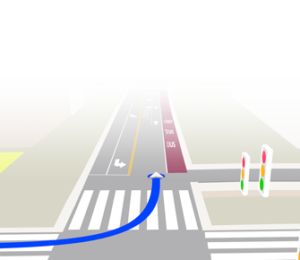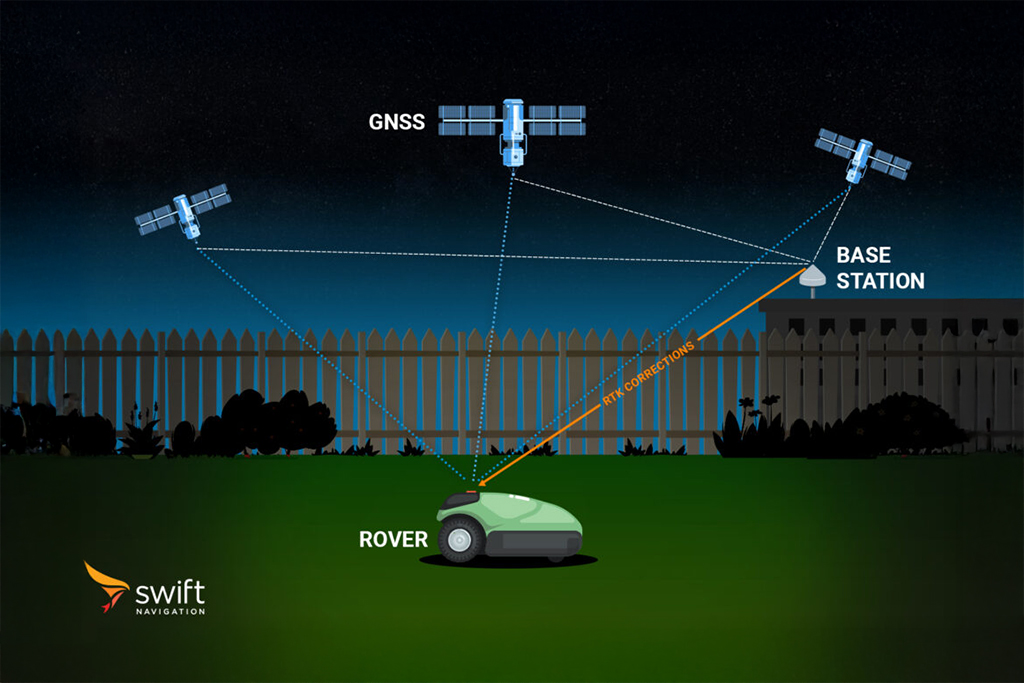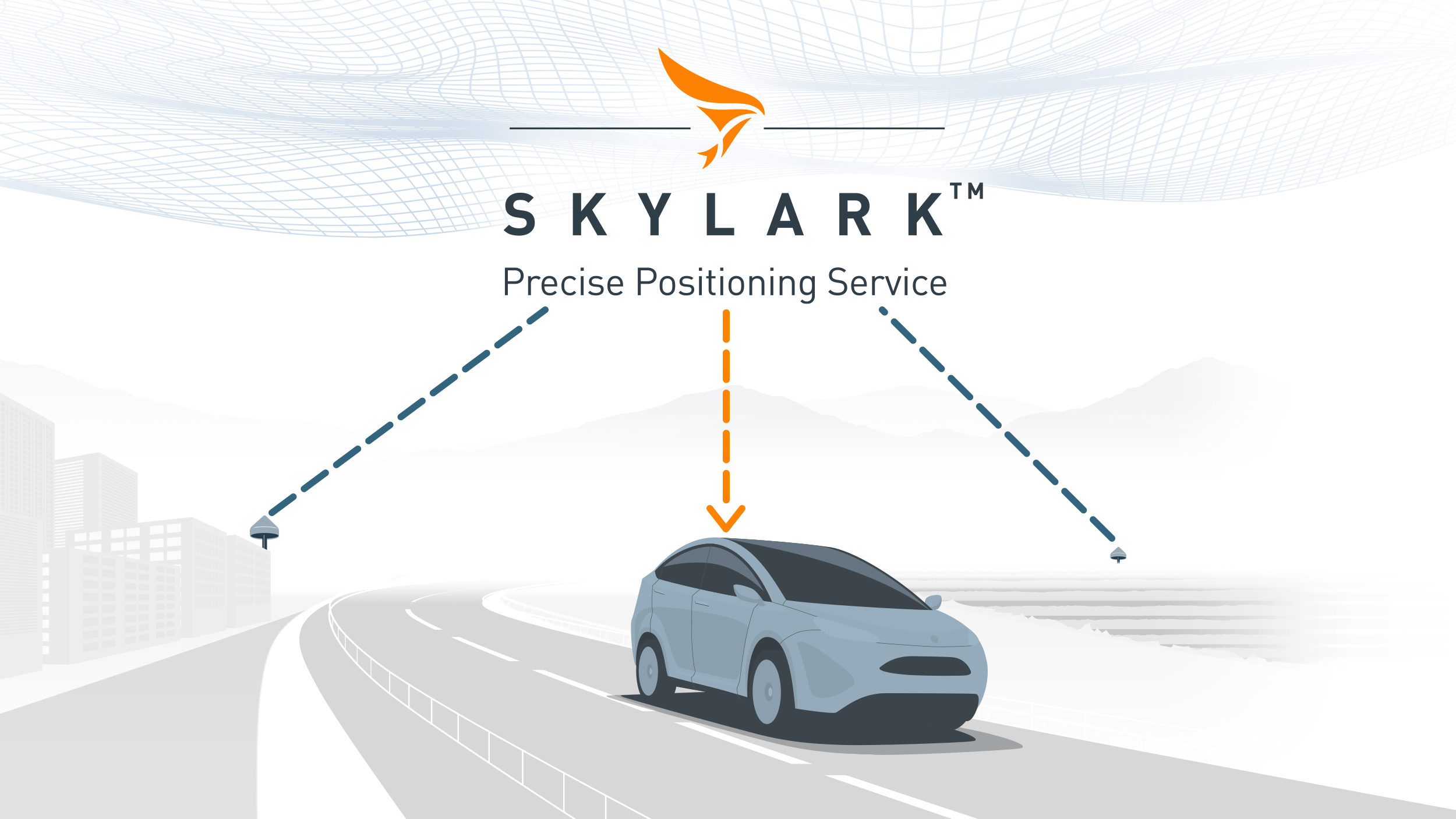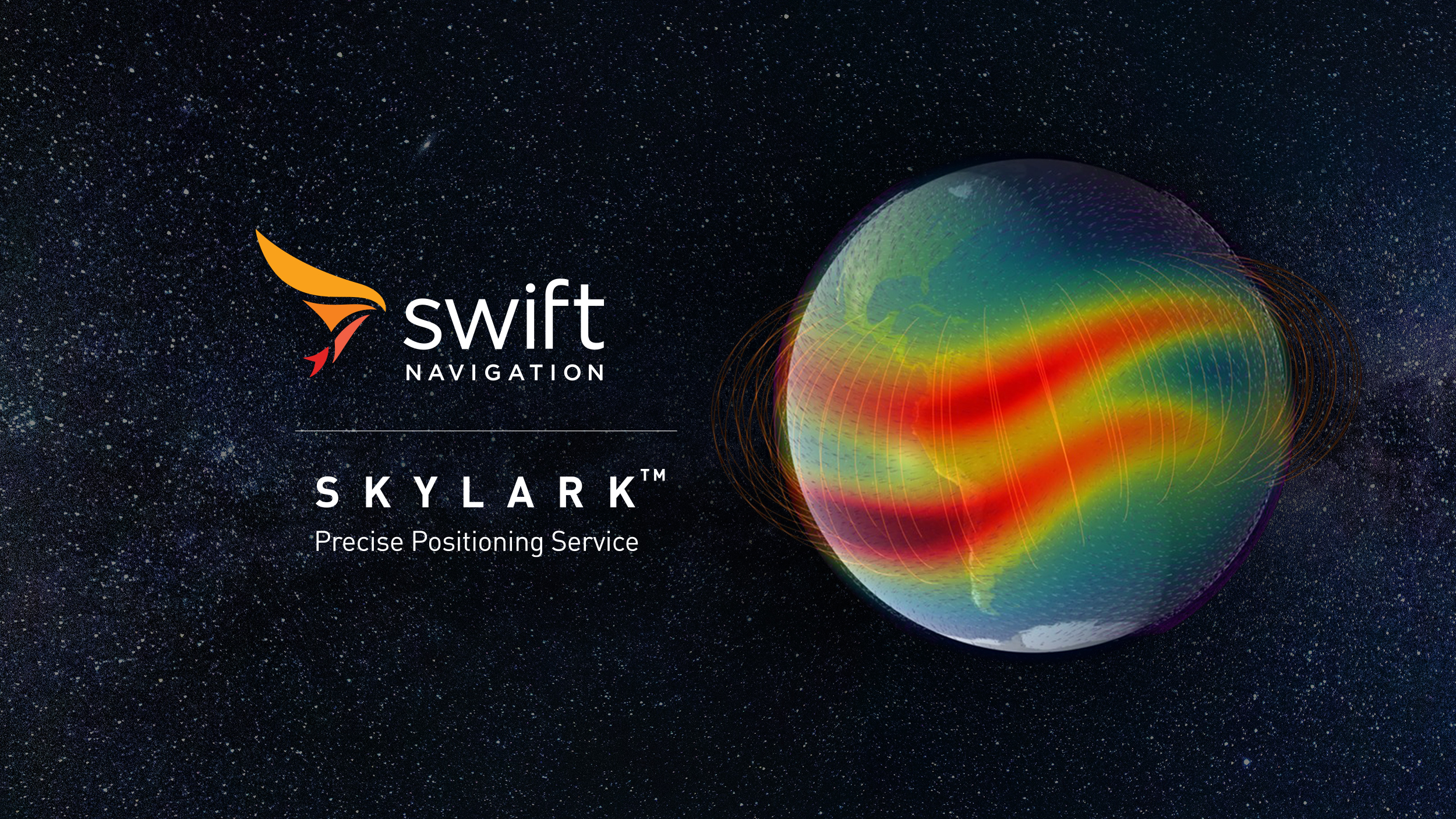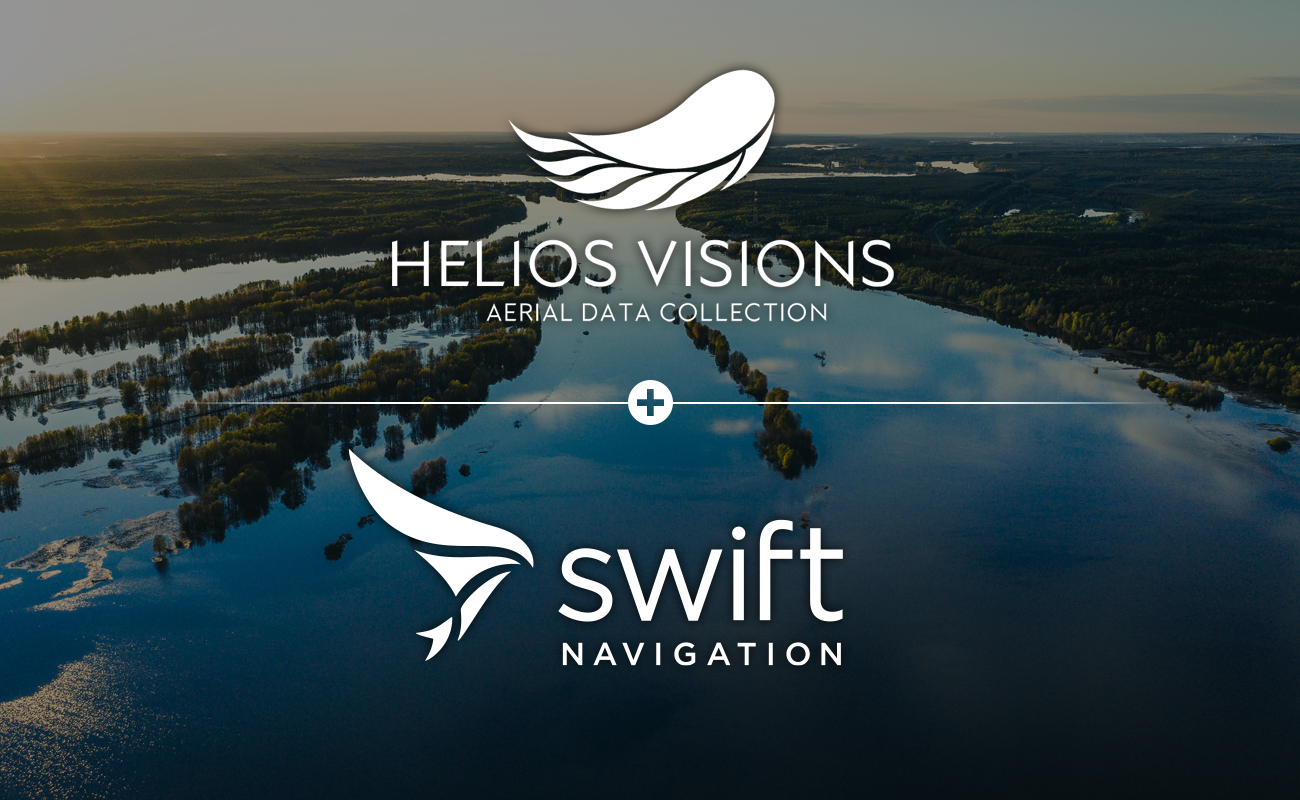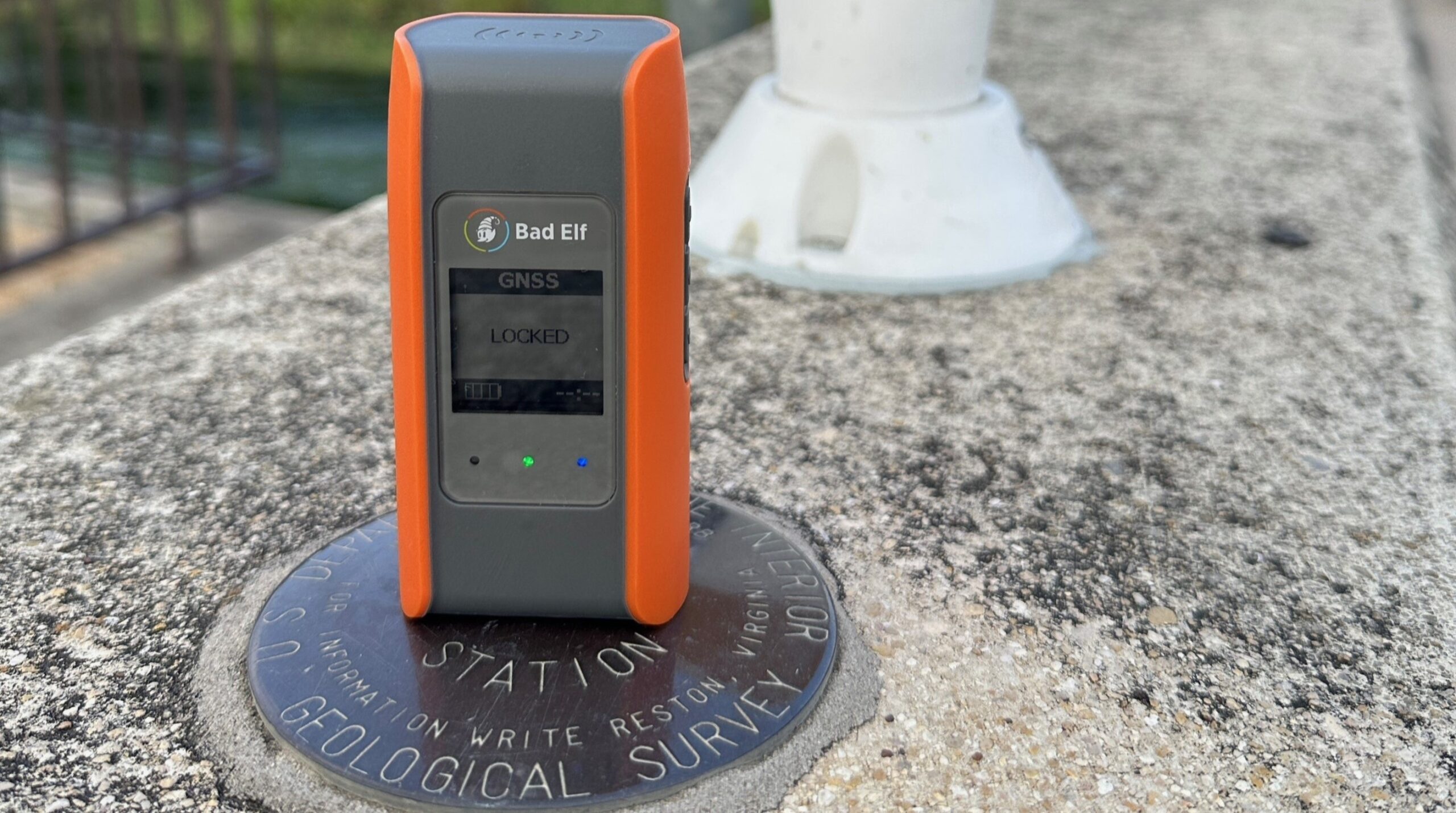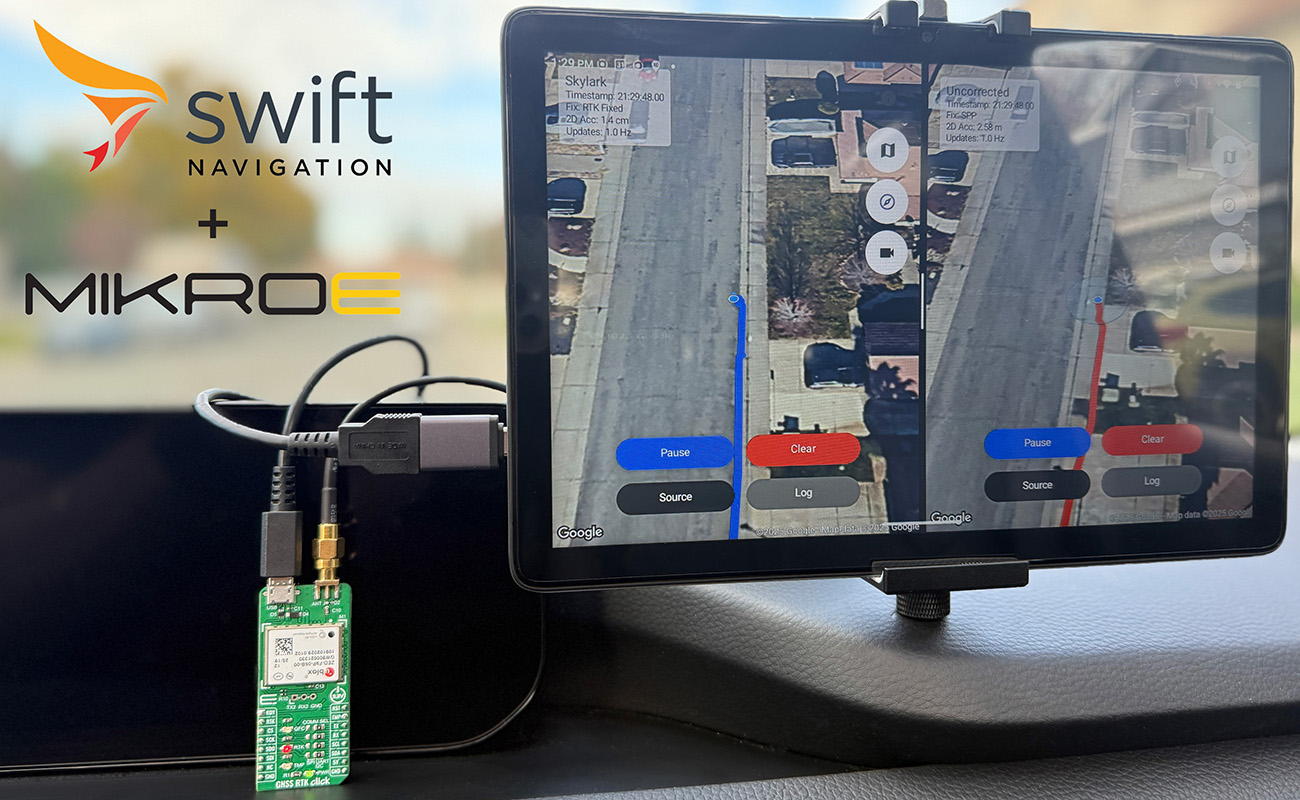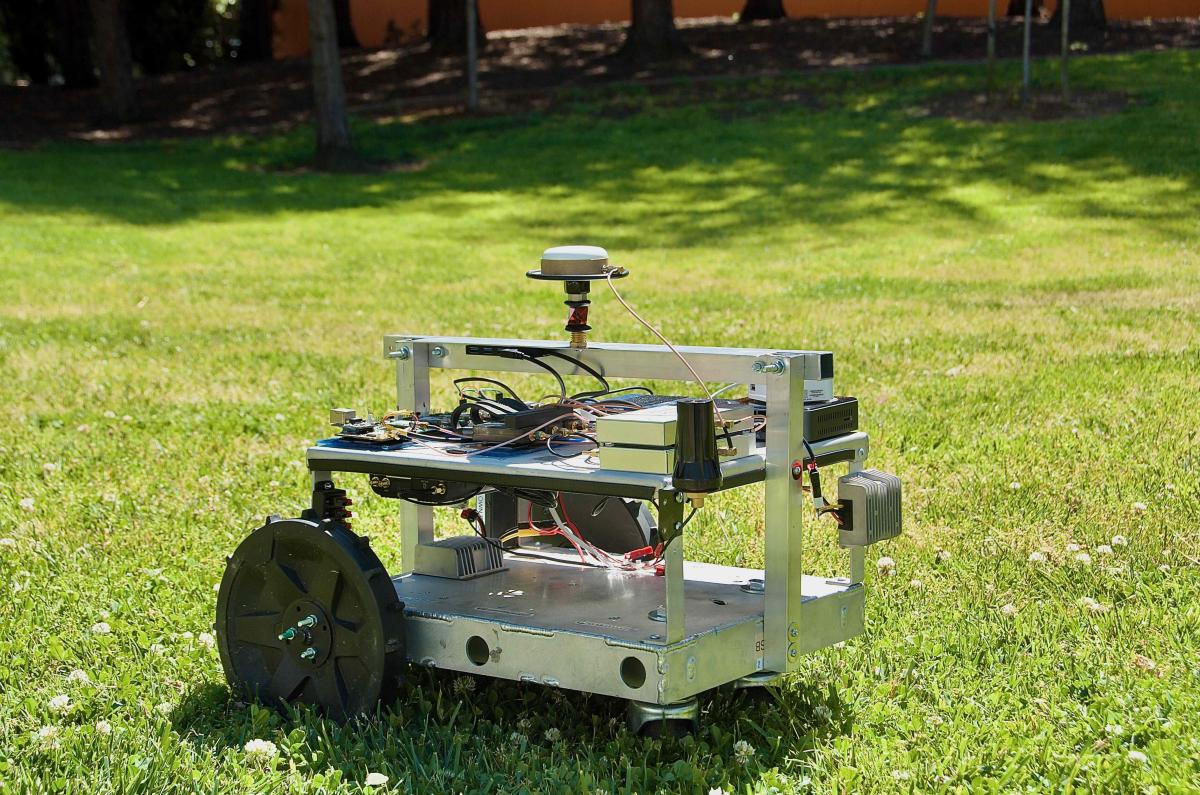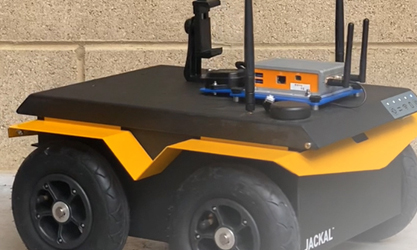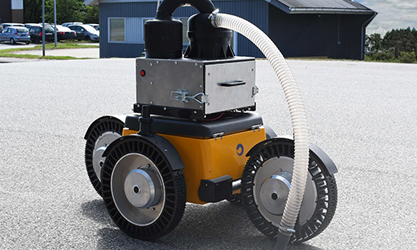What is a Virtual Reference Station (VRS)?
A Virtual Reference Station (VRS) is a key component in network-based Real-Time Kinematic (RTK) positioning solutions. In a VRS system, a network of fixed GNSS reference stations is used to model and correct for errors in satellite positioning signals over a wide area. When a user’s GNSS receiver (the “rover”) requests corrections, the network generates a set of synthetic correction data as if there were a physical reference station located near the rover’s current position. This “virtual” station provides highly localized corrections, improving positioning accuracy and reliability. The rover cannot distinguish between corrections from a physical base station and those from a VRS.
VRS technology enables precise positioning services over large geographic regions without the need for dense deployments of physical base stations, making it ideal for applications in surveying, construction, agriculture, and autonomous vehicles.
Related Content
GNSS Basics

Devon Sharp

Marwan Ramadan

Marwan Ramadan

Devon Sharp

Devon Sharp

Marwan Ramadan

Devon Sharp

Marwan Ramadan
GIS

Devon Sharp

Devon Sharp
ROBOTICS

Marwan Ramadan

Emilee Pierce




